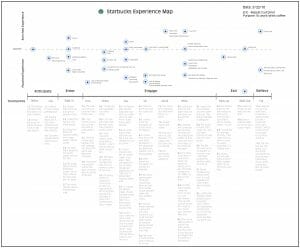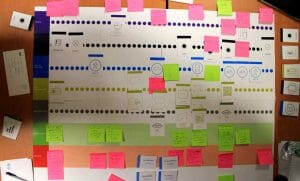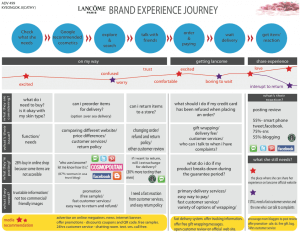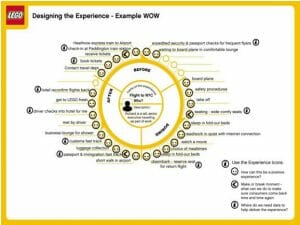Customer journey mapping (CJM) is an underestimated marketing tool. Because customer journey maps can be hard to create and their results can’t always be tracked, it can be tempting to use other ways to increase conversion rates on a company website or online shop.
But sometimes, you need to create a customer journey map to understand what your prospective customers are doing on your website, why are they buying your goods or services and—more importantly—why they are not buying. Customer experience mapping can help you to understand why there are not as many completed purchases as you would want, and to analyze what you can do to increase your conversion rate.
Although there are many tools available that can help you to create a customer journey map, some effort from your company marketing, UI, and UX specialists is still required. Only when CJM is done right, can you get closer to your clients and understand their needs and wishes.
I think customer experience journey mapping benefits hugely from some inspiration so I’ve pulled together some nice examples of what other companies have done. Hopefully they will make you think about what you can do to understand your customers better.
Take inspiration from Starbucks
The customer experience map created by Starbucks shows the possible steps of the customer who came to Starbucks to drink some coffee and work and the emotions he or she can feel in each place. It’s not a map which is likely to work for e-commerce but I think it’s very interesting and inspirational.
Line charts can work
In the line chart, you can see the possible customer steps, the points of pain and the points of delight the customer meets. This data can help when analyzing customer behaviour and improving the website or app interface. The line maps only work when the customer has only one possible way of acting.
Time-bound map
You can create an experience map that shows your customer actions according to the time of the day. This can be especially useful for businesses that operate 24/7.
Do-it-yourself mapping
You don’t necessarily need any special apps or services available to create a customer journey map, you can do it yourself using a board and pieces of paper.
Brand experience map
There are customer experience maps devoted to the complete experience the customer gets while using the brand. For example, this map was created by the beauty brand Lancôme.
Offline customer journey map
Customer journey maps can be useful not only for online stores but also for offline ones. If you have a coffee shop or a small convenience store, you can make your own CJM just like Ikea did.
Repeating actions
Customer journey maps can come in various forms, sizes, and colors, For example, KLM created the round map below to track the customer experience from ticket purchase to the flight. It’s useful when the customer can perform the repeating actions on your website.
Map for special segments
It’s necessary to create a customer journey map for each segment of your target audience. For example, an insurance company can create a map of the possible steps performed by young families who want health insurance or a cosmetics counter can create a customer journey map for women in their 30s.
Make it easy to read
Even though customer journey maps are valuable marketing tools, you don’t need to take them too seriously and make them too complicated. This London-New York customer journey map from Lego is easy to read and understand and looks really appealing.


















Comments
Join the community
Sign up for free to share your thoughts